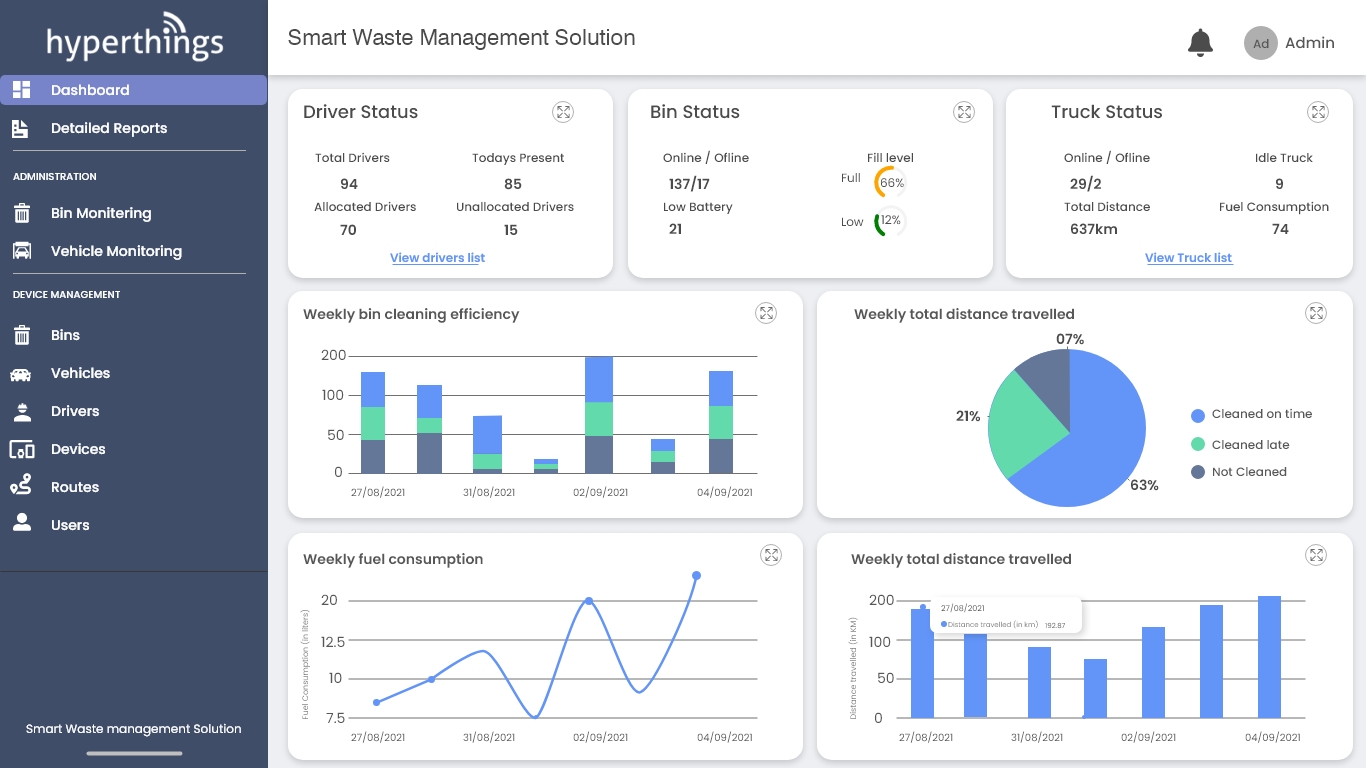Robotic AI
Robotic AI
Wireless Communication
Robotic AI
Robotic AI refers to the integration of artificial intelligence (AI) technologies into robotic systems, enabling them to perform tasks that typically require human intelligence, such as perception, decision-making, and learning. This fusion of robotics and AI has led to the development of sophisticated robots that can operate autonomously, adapt to new situations, and interact with their environment in a more human-like way.At its core, Robotic AI relies on a range of technologies, including machine learning algorithms, computer vision, and sensorimotor integration. Machine learning enables robots to learn from experience and improve their performance over time, while computer vision allows them to perceive and understand their environment. Sensorimotor integration enables robots to combine sensory information from various sources, such as cameras, sensors, and microphones, to generate a comprehensive understanding of their surroundings.The architecture of Robotic AI systems typically involves a combination of hardware and software components. Hardware components may include robotic platforms, such as robotic arms, autonomous vehicles, or humanoid robots, equipped with various sensors and actuators. Software components include AI algorithms, such as deep learning models, reinforcement learning algorithms, and motion planning techniques. These components work together to enable robots to perform complex tasks, such as object recognition, grasping, and manipulation, as well as navigation and human-robot interaction.The applications of Robotic AI are vast and varied, ranging from industrial automation and healthcare to transportation and service robotics. In manufacturing, Robotic AI can be used to optimize production processes, improve product quality, and enhance worker safety. In healthcare, Robotic AI can be used to develop personalized robotic assistants, improve surgical procedures, and provide rehabilitation support. As the field continues to evolve, we can expect to see the development of increasingly sophisticated Robotic AI systems that can operate in complex, dynamic environments and interact with humans in a more natural and intuitive way.
Healthcare: Robotic AI can be used in hospitals to assist with surgeries, patient care, and rehabilitation, allowing for more precise and efficient treatment. For instance, robotic AI-powered surgical systems can enhance the capabilities of human surgeons by providing them with enhanced visualization, precision, and dexterity. Additionally, robotic AI-powered robots can help with patient care tasks such as taking vital signs, administering medication, and providing emotional support.
Manufacturing: Robotic AI can be used in manufacturing to automate tasks, improve efficiency, and enhance product quality. For example, robotic AI-powered robots can work alongside human workers to assemble products, inspect quality, and package goods, reducing the risk of errors and increasing productivity.
Transportation: Robotic AI can be used in transportation to develop self-driving cars, trucks, and drones, revolutionizing the way goods and people are moved. For instance, self-driving cars can improve road safety, reduce traffic congestion, and enhance mobility for the elderly and disabled.
Service Industry: Robotic AI can be used in the service industry to provide customer service, improve customer experience, and enhance operational efficiency. For example, robotic AI-powered chatbots can help customers with queries, provide personalized recommendations, and assist with transactions.
Security: Robotic AI can be used in security to develop surveillance systems, detect threats, and respond to emergencies. For instance, robotic AI-powered drones can be used to monitor borders, detect intruders, and provide real-time video feed to security personnel.
Education: Robotic AI can be used in education to develop personalized learning systems, enhance student engagement, and improve teacher productivity. For example, robotic AI-powered adaptive learning systems can adjust to individual students' needs, abilities, and learning styles.
Agriculture: Robotic AI can be used in agriculture to develop autonomous farming systems, improve crop yields, and reduce waste. For instance, robotic AI-powered drones can be used to monitor crop health, detect pests and diseases, and optimize irrigation systems.
Disaster Response: Robotic AI can be used in disaster response to develop rescue systems, detect hazards, and provide critical assistance. For example, robotic AI-powered robots can be used to search for survivors, deliver aid, and provide communication services in disaster zones.

